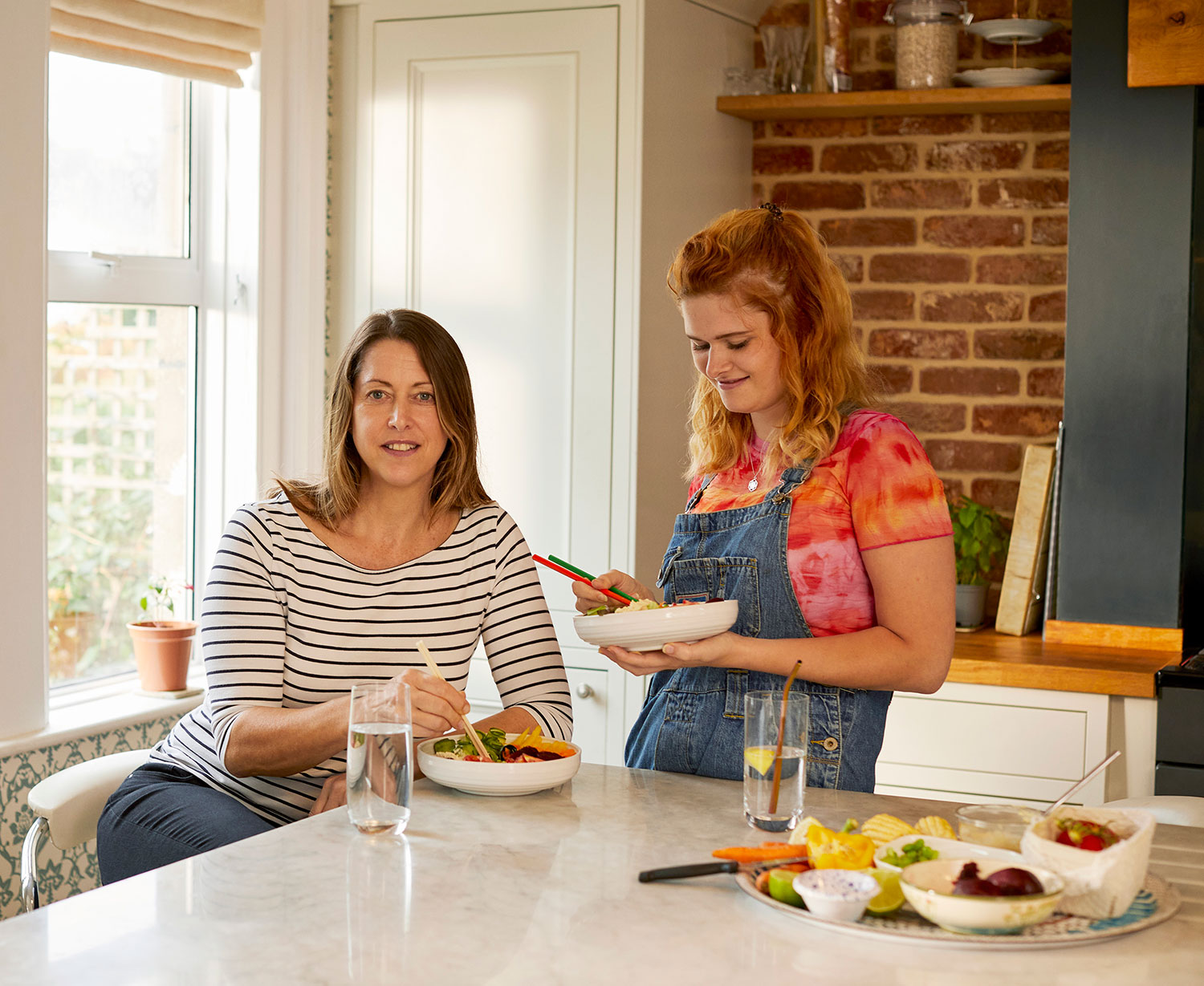Women And Retirement
This section explores how women are more likely to struggle financially due to the rising cost of living and how this may exacerbate the existing gender gap in retirement preparations.
We consider the varied impact on demographic groups such as different ethnic communities and single mothers.

INCOME GENDER GAP
The significant and longstanding gender gap in income means that on average women are likely to have less capacity to absorb the increases in cost of living. These income differences are driven by structural factors such as: over-representation in part-time working, greater childcare responsibility and career breaks.
The net result is that the average man earns over £30,900 a year compared to the average woman on over £21,900. For those who save, savings rates (as a share of income) are similar, but income differences mean men continue to save more for their retirement.
Conclusion
Women and Retirement
The rising cost of living is hitting women hardest.
One risk is that this amplifies the longstanding gender gap in retirement preparations. This is particularly true for some of the most vulnerable women, such as single mothers.
You can read our full Women and Retirement report to explore these issues in further detail, including our recommendations for policy reform to help address the gender gap.





